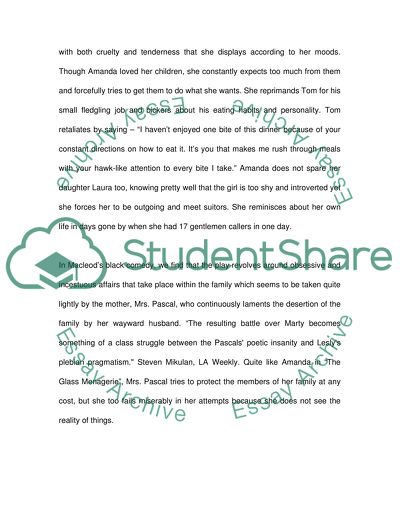Cite this document
(“The Glass Menagerie and The House of Yes Book Report/Review”, n.d.)
Retrieved from https://studentshare.org/miscellaneous/1514405-the-glass-menagerie-and-the-house-of-yes
Retrieved from https://studentshare.org/miscellaneous/1514405-the-glass-menagerie-and-the-house-of-yes
(The Glass Menagerie and The House of Yes Book Report/Review)
https://studentshare.org/miscellaneous/1514405-the-glass-menagerie-and-the-house-of-yes.
https://studentshare.org/miscellaneous/1514405-the-glass-menagerie-and-the-house-of-yes.
“The Glass Menagerie and The House of Yes Book Report/Review”, n.d. https://studentshare.org/miscellaneous/1514405-the-glass-menagerie-and-the-house-of-yes.


